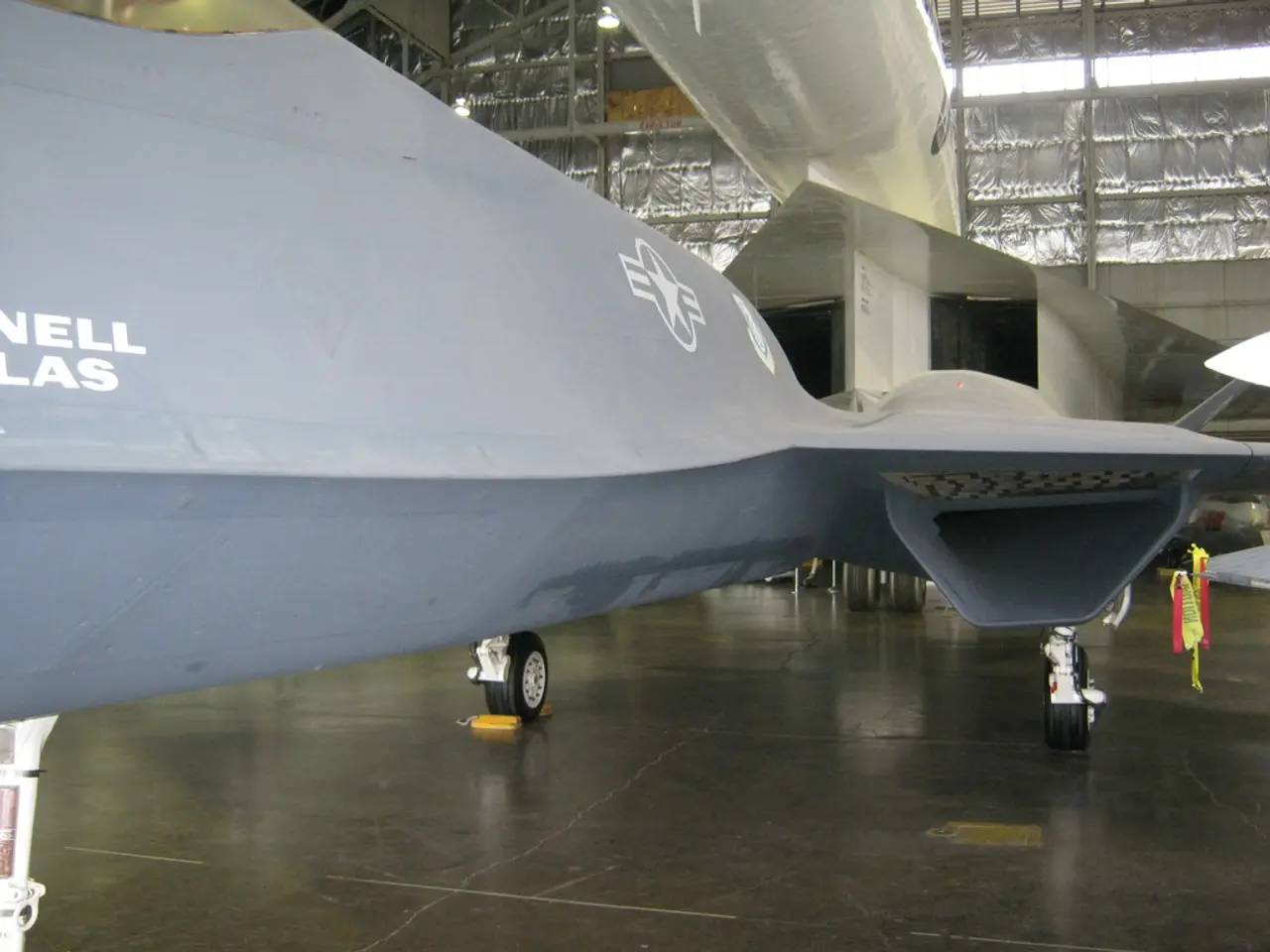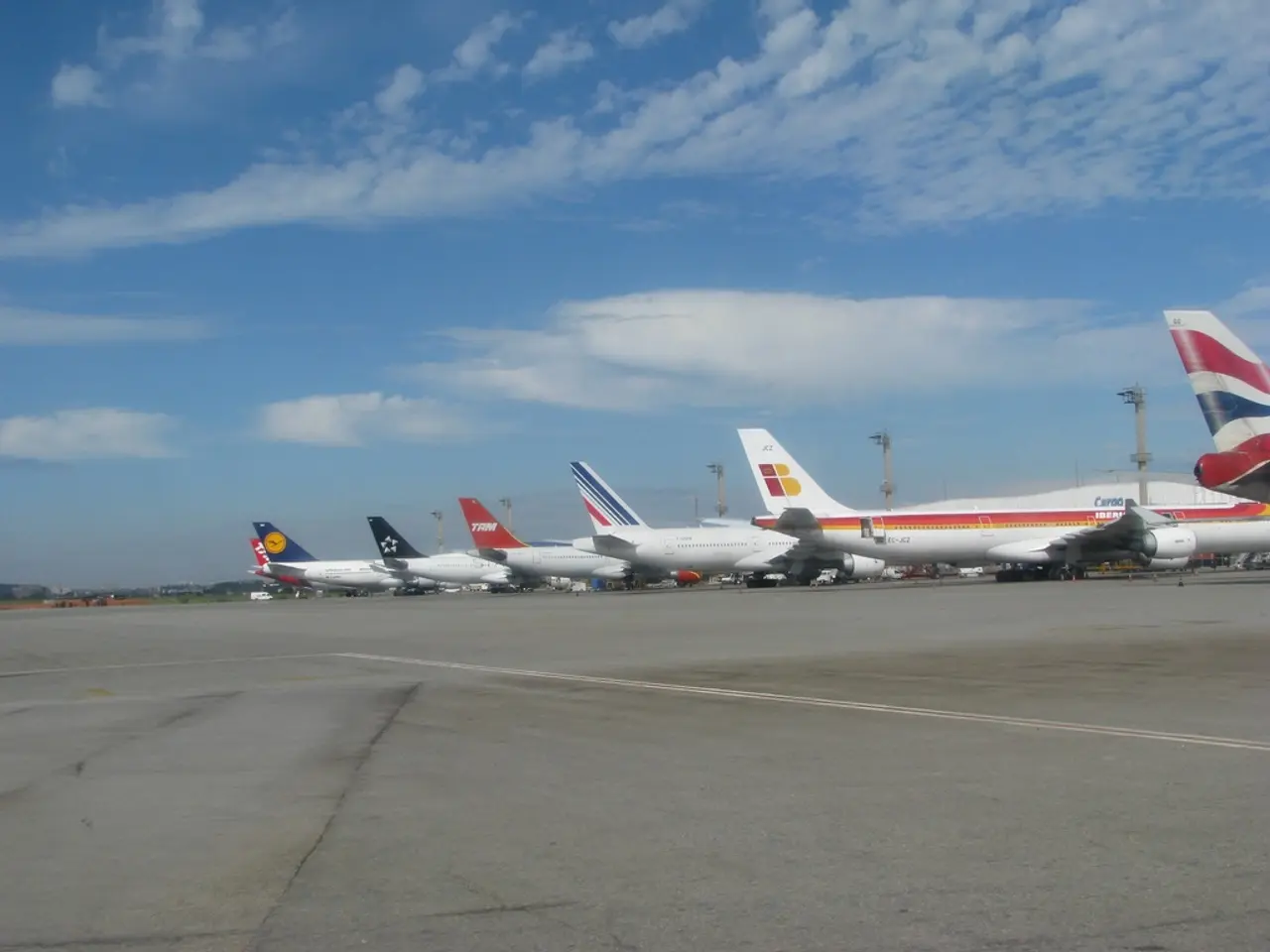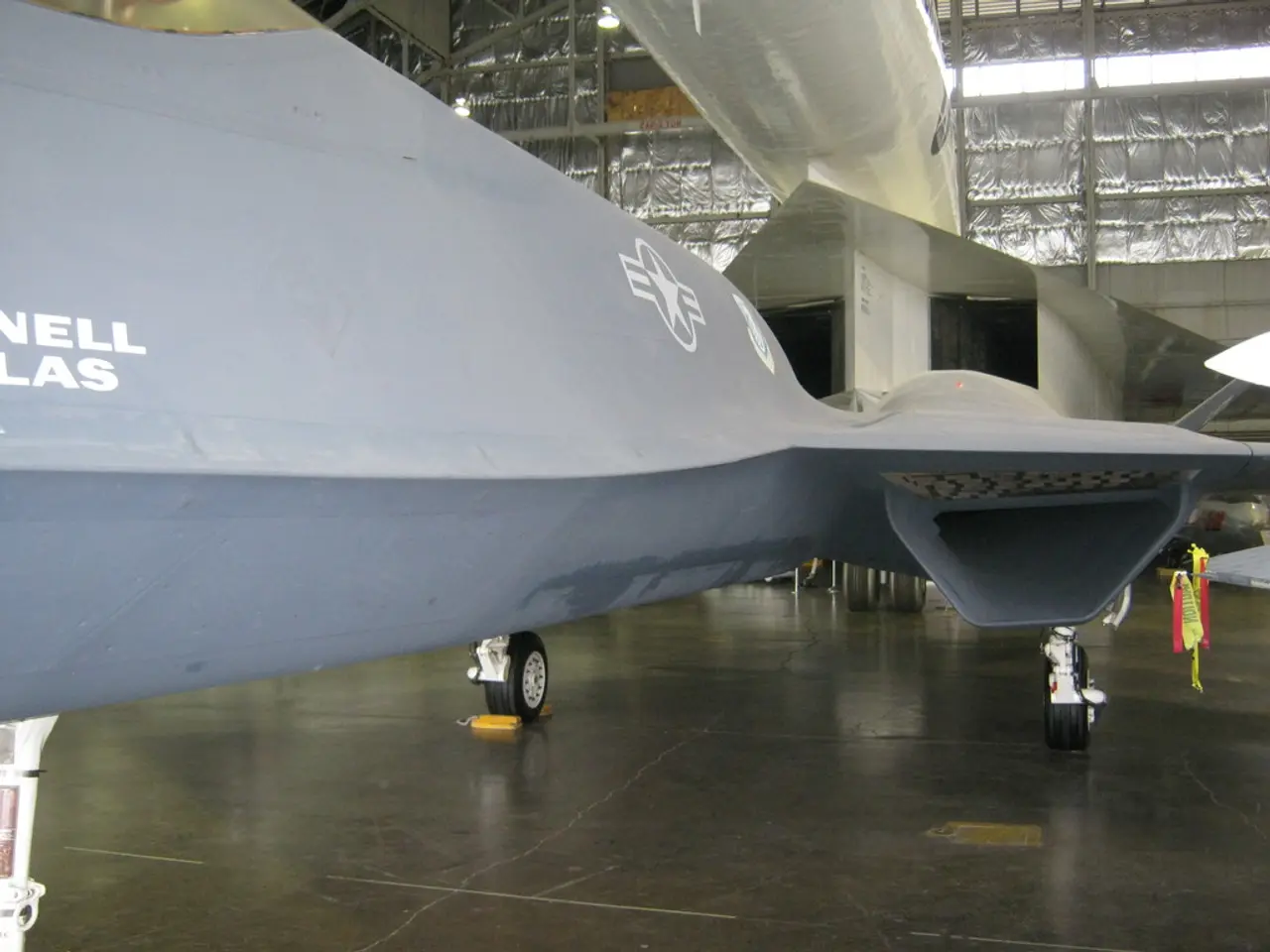Effect of Air Traffic Controller Shift Patterns on Aviation Security
Air traffic control (ATC) is a critical component of the aviation industry, with ATCs directing aircraft to maintain safe distances and manage the flow of air traffic. To ensure the safety and well-being of ATCs, the industry has implemented various best practices to mitigate the risks associated with fatigue, shiftwork, and other factors.
One of the key strategies is scheduling predictable work schedules that adhere to the natural circadian rhythm of ATCs. This can help reduce the risks of fatigue, as predictable schedules allow for adequate rest periods between shifts and can help avoid the accumulation of consecutive working hours. The FAA and European Aviation Safety Agency (EASA) both require ATCs to have a minimum of 8 or 12 hours of rest between shifts, respectively.
In addition to scheduling, the FAA has also implemented updated work schedules for ATCs, including mandated breaks before midnight shifts to reduce fatigue. These updates reflect the incorporation of scientific panel recommendations and aim to improve ATC alertness and safety during shifts.
Education and training on the effects of shiftwork and fatigue is another important strategy for ATCs. By understanding the risks associated with their work, ATCs can take steps to mitigate these risks and maintain their health and well-being.
Promoting a healthy lifestyle is also important for the overall health and well-being of ATCs. This can include offering support for mental health issues, providing access to health care services, and encouraging good work-life balance. Prioritizing work-life balance can help organizations retain talented ATCs and improve the overall performance of the aviation industry.
The FAA also limits ATCs to working a maximum of 10 hours per day and 6 consecutive days. This limit helps to ensure that ATCs have enough time for rest and recovery between shifts.
In addition to these administrative controls, the industry also focuses on ongoing training improvements, operational procedures that focus supervisor attention during critical periods, and campaigns raising fatigue awareness. These strategies aim to create a comprehensive fatigue risk management system that prioritizes hazard identification, risk assessment, and tailored mitigation measures.
Overall, the best practices for mitigating the impact of shiftwork and fatigue on ATC safety emphasize scientifically informed scheduling policies, enhanced safety culture through training and awareness, operational process improvements, and ongoing fatigue monitoring and management initiatives. By prioritizing the health and well-being of ATCs, the aviation industry can ensure the safety of air travel and the satisfaction of its workforce.
Management in the aviation industry recognizes the importance of addressing fatigue among air traffic controllers (ATCs), particularly during critical periods. To prevent the accumulation of consecutive working hours, strategies include mandated breaks before midnight shifts and predictable work schedules that adhere to ATCs' natural circadian rhythm. Furthermore, education and training on the effects of shiftwork and fatigue, coupled with a focus on promoting a healthy lifestyle and ongoing training improvements, are essential for reducing the risks associated with fatigue and ensuring the safety of air traffic management in the financial aspect of the transportation industry.








